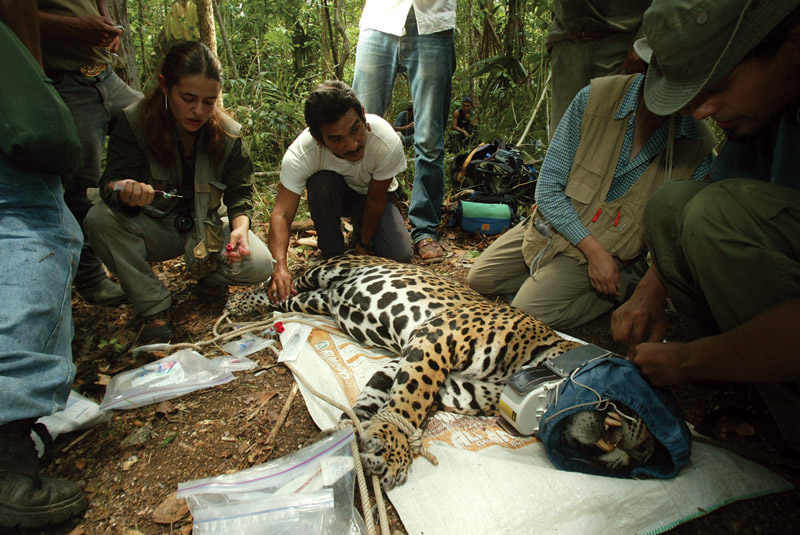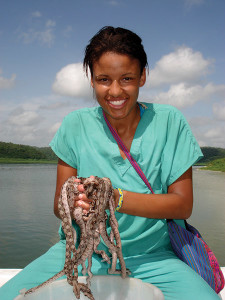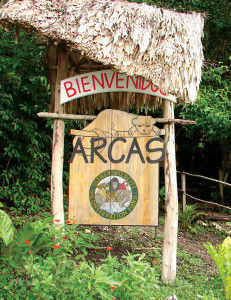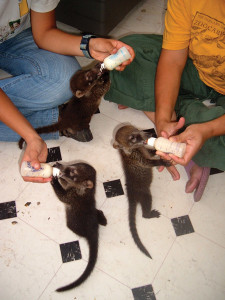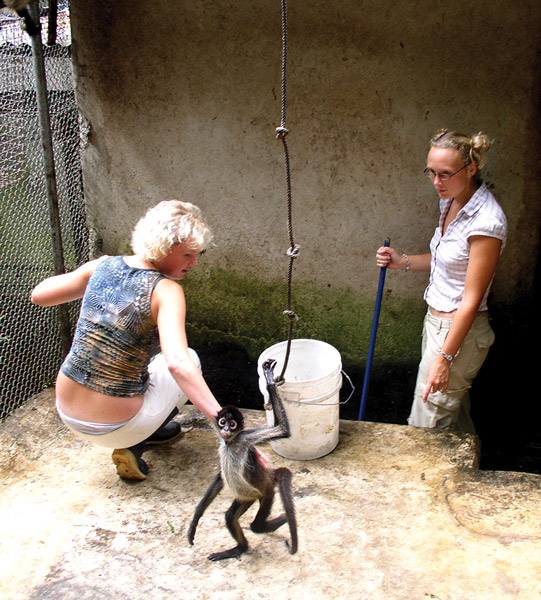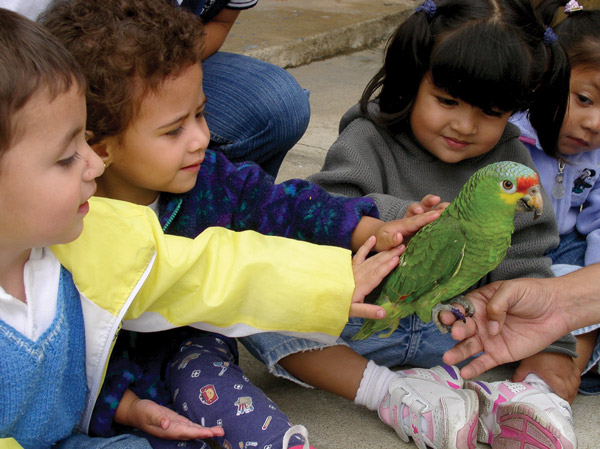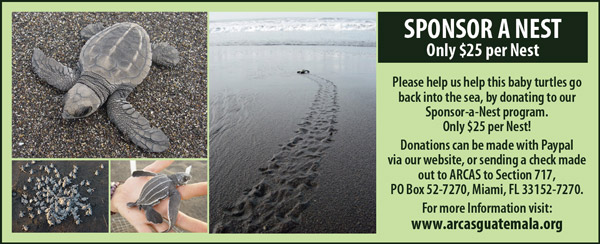ARCAS Guatemala
Overflowing with wildlife, ARCAS asks for help.
Established in 1989 to rescue wild birds and animals, especially endangered species, the Wildlife Rescue and Conservation Association (known as ARCAS, its Spanish acronym) has grown into one of the most complete rescue centers in the world.
Receiving hundreds of animals each year at its three sites in Guatemala, ARCAS also faces a downside: not enough space, especially at its San Lucas location just outside Guatemala City.
“It’s a real crisis for us,” said Colum Muccio, the NGO’s administrative director. “We are working on building a new office in Cerro Alux.
The municipality of San Lucas has offered us a piece of land there and we are raising money for the construction. But it’s going to take time. If anyone is interested in helping out, it would be much appreciated.”
The San Lucas center surged with new arrivals in 2016 as the deadline approached for registering any collection of wild animals in Guatemala. The requirement was part of a law passed in 2015 to close a gaping loophole for wildlife trafficking that has been open since the Protected Areas Law went into effect in 1989.
Over 40 additional animals of various species, primarily red-fronted and yellow-naped parrots and scarlet macaws, came into the San Lucas shelter as owners donated them or authorities confiscated them, Muccio said. ARCAS now cares for over 70 animals in San Lucas — “much too many for the limited space we have here,” he added.
- Boa constrictor release
- Entrance Kinkajou Kingdom
- Feeding Coatis
“All the animals currently at our San Lucas office have procesos legales, and we cannot release them or move them to Petén or Hawaii (near Monterrico) where we have better facilities for them,” Muccio explained. “The trials often take years to come to a conclusion.”
When a wildlife trafficker is arrested, the confiscated animals become evidence for the suspect’s trial, and ARCAS cares for them in the meantime.
While ARCAS carries out this important support role for wildlife trafficking enforcement, it also put serious strains on its limited resources, as ARCAS must concern itself with the welfare of the animals.
As of Dec. 31, 2016, ARCAS was caring for 661 animals at its three locations. In addition to the San Lucas population, ARCAS has over 541 animals at its Wildlife Rescue Center in Petén, including 294 birds, 197 mammals and 50 reptiles. These include animals that are too tame, injured or sick to be released, many of which are in enclosures in the educational center and in captive breeding programs.
At its Hawaii Park site, in addition to its sea turtle hatchery, ARCAS has 48 animals of species native to the Pacific coast, including yellow-naped amazons, orange-fronted parakeets and spectacled caimans.
Since the establishment of its original Rescue Center in Petén, ARCAS has branched out into environmental education, protected areas management, marine turtle conservation, sustainable community development, ecotourism and reforestation.
Volunteer at ARCAS
For a unique experience with animals in the rainforest of Petén or on the black-sand beaches of the south coast, think about volunteering at with ARCAS. And the animals it rescues depend on the selfless support of volunteers and donors from around the world.
Petén Rescue Center
Volunteers help in feeding and caring for confiscated animals, including parrots, macaws, spider and howler monkeys, ocelots, margays, coatimundis, taras, jaguars and deer, as well as assisting in the scarlet macaw and white-tailed deer captive breeding projects. When possible, volunteers can participate in releases of rehabilitated animals in the Maya Biosphere Reserve or in wildlife studies in their natural environment.
Work at the Rescue Center is for lovers of wild animals who want a unique, hands-on experience directly participating in the rescue and rehabilitation of these endangered species.
Hawaii Park
Volunteers participate in nightly beach patrols in search of nesting adult sea turtles as well as in the release of newly hatched turtles, and can participate in scientific studies, mangrove monitoring projects and environmental education. The nesting season of adult sea turtles is from July to November and release of baby turtles on the beach occurs from August to January. Please note that observation of adult turtles nesting only occurs at night and release of baby turtles only at night or early morning.
Packages
ARCAS provides meals and housing at a nominal cost for volunteers. Packages start at $175 per person per week.
For more information, to donate or to volunteer, visit arcasguatemala.org, email volunteers@arcasguatemala.org, arcasguatemala@gmail.com, or
call the central office at 7830-1374, -4273, -1035
REVUE article by Matt Bokor

